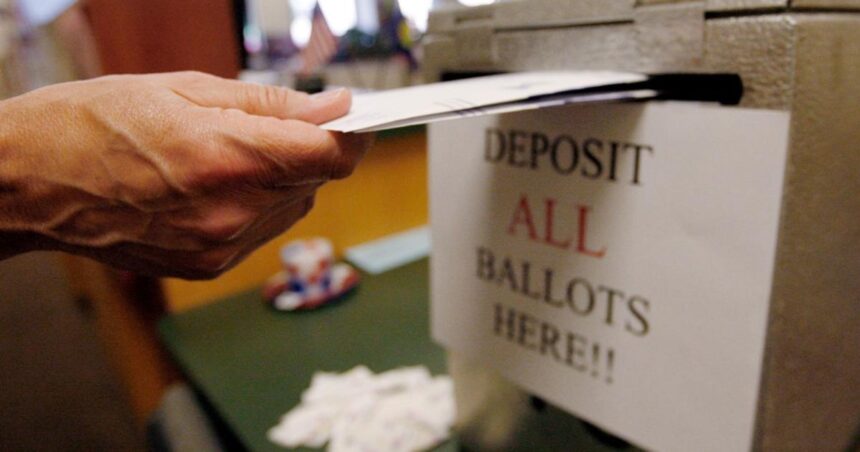In a dimly lit high school civics classroom, Autumn Ploot and her classmates watched as an election hinged on one vote: Kevin Costner’s. The 2008 movie “Swing Vote” featured the A-list actor as Bud, a man from New Mexico whose singular vote would decide the outcome of the presidential election. The bargain-basket flick was intended to emphasize the importance of participating in elections.
“That was supposed to inspire us to vote,” Ploot, now a sophomore at the University of Montana, recalled a few years later.
In November, Ploot plans to vote in her first presidential election, although, like Kevin Costner, she’s not sure which candidate will get her vote. The 2024 elections won’t hinge on Ploot’s one vote, but youth overall could play a decisive role.
While 56% of young Montanans flocked to the polls in the last presidential election, young voters nationwide had a less impressive showing. Voters ages 18-to-29 have historically had the lowest voter turnout among all age demographics, but margins varied significantly among states. In West Virginia, only 40% of young people voted in 2020, one of the lowest turnouts in the country.
People are also reading…
Reporting trips to West Virginia and Montana revealed striking differences that could contribute to the gap in youth voter turnout between the states. In 2020, nearly two-thirds of 18-24-year-olds were registered to vote in Montana, compared to less than half in West Virginia, according to the U.S. Census Bureau. West Virginia’s low registration, higher barriers to voting and a culture of nonvoting have driven low youth voter turnout over time. Most Montanans face fewer barriers and young people have grown up around a culture of voting.
Nationwide, public opinion polling shows that young people have grown more disillusioned with government and political institutions than previous generations. The erosion of faith in government reflected the times, according to Austin Sarat, an Amherst College professor of jurisprudence and political science.




